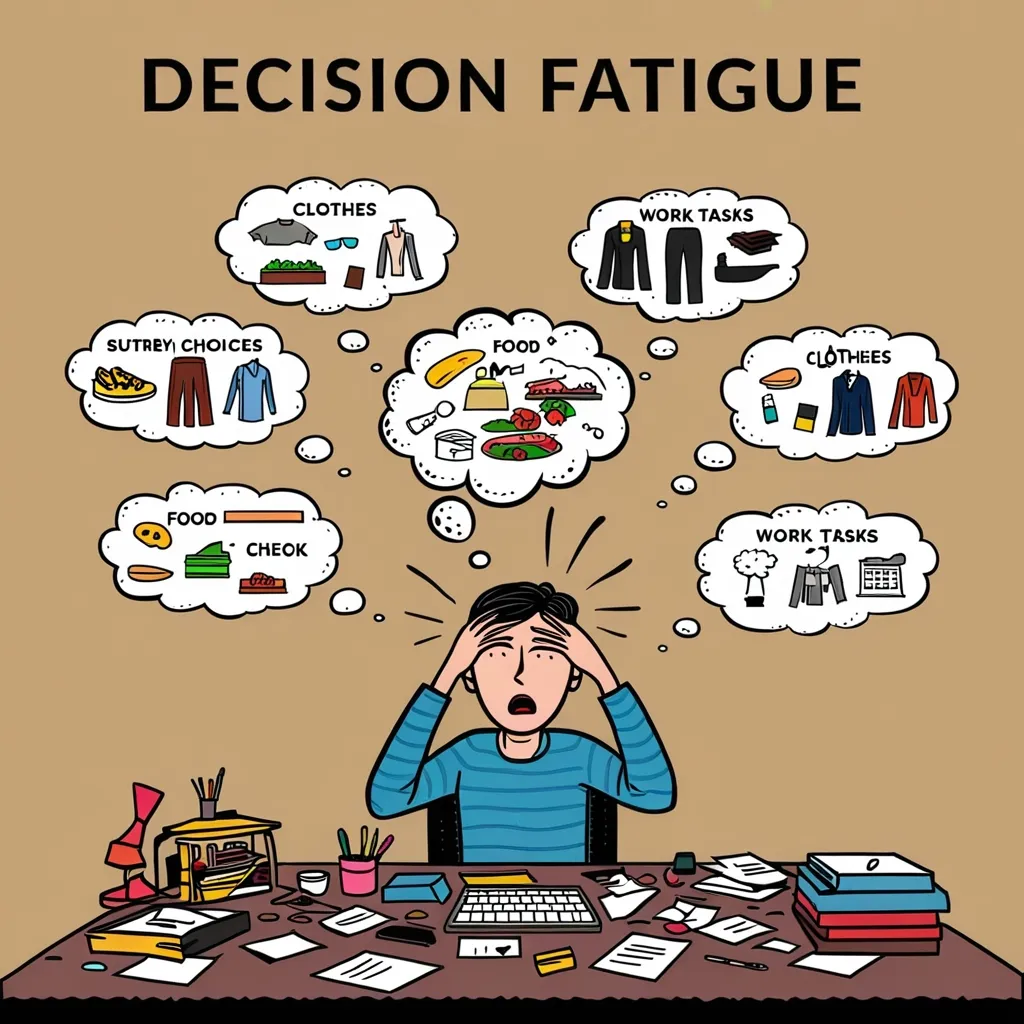I want you to imagine a workday that feels more like running downhill than slogging uphill. If you’ve ever noticed how your mind seems razor-sharp for a while, only to cloud over unexpectedly, you’re already familiar with the basic premise behind ultradian rhythms—even if you didn’t know the name. These natural cycles, typically lasting about 90 to 120 minutes, dictate how our attention, energy, and mental stamina ebb and flow. Rather than fighting these patterns, what if we worked with them?
Most of us have been told to push harder, ignore fatigue, and power through the dips. That strategy might yield results for a few hours, but over time it leads to diminishing returns, frustration, and sometimes even burnout. What if, instead, we structured our tasks so they rode the natural waves of our brain’s focus cycles? That’s where ultradian rhythm work blocks come in. The difference is profound: instead of constant resistance, you experience deep productivity, sustained alertness, and—dare I say—a little more joy in your day.
Ask yourself: when do you feel truly focused? Is it the first hour after sitting down, or do you hit your stride mid-morning? The most effective way to start is by tracking your personal cycle. For a few days, observe when your focus peaks and when it fades. Most people find their attention naturally locks in for 90 minutes before feeling the need for a break, but your interval might be slightly shorter or longer. There’s no right answer—your biology sets the schedule, not your watch.
Once you pinpoint your focus window, the next step is to build your day around it. I recommend working in five high-focus blocks, each tailored to your natural rhythm. Schedule your most demanding work—analysis, problem-solving, writing, or deep coding—right at the start of each cycle, when your mental clarity is highest. That’s when your mind is most capable of grappling with complexity. It might surprise you how much faster, and better, you perform in this state.
Midway through your block, you’ll likely notice your energy shifting. This is the sweet spot for creative thinking. Use it to brainstorm, sketch out ideas, or explore new concepts. Then, as your cycle nears its end, shift to execution tasks—those that require less inventiveness and more follow-through. By matching the type of work to your current cognitive state, you become less prone to spinning your wheels and more likely to finish what you started.
“The key is not to prioritize what’s on your schedule, but to schedule your priorities.” — Stephen Covey
But productivity isn’t just about what happens during a work block. What you do between them matters just as much. Here’s where transition buffers come in. After each period of intense focus, I step away from demanding tasks entirely. For 15 to 20 minutes, I’ll take a walk, tidy up, respond to simple emails, or simply stretch. The goal is to give your brain genuine recovery—not just distraction. This recovery period prevents mental fatigue from stacking up, allowing you to start the next block refreshed, not worn out.
Curious if you can skip the break and just work more? Try it. Most people find that after two cycles without a pause, their output—and especially their ability to focus—drops sharply. The loss isn’t subtle. But when you use these intervals to recharge, your attention snaps back, and it feels less like you’re dragging yourself to the finish line.
Now, let’s talk about cycle-completion signals. The brain loves cues; they let it know when to switch modes. At the end of each focus block, I recommend a ritual. It might be closing your laptop, turning off a light, changing locations, or simply standing and stretching. These actions serve as a psychological “reset,” helping you leave the last task behind and fully transition into recovery mode. Over time, these cues train your mind to switch gears more seamlessly.
One of my favorite questions to ask is: why do we treat all tasks as equal? The truth is, not every job deserves the same attention. Administrative work, for example, rarely benefits from long, concentrated effort. Try experimenting with shorter cycles—maybe 40 or 50 minutes—for these tasks, paired with quick breaks. For deep creative or analytical work, you might extend your focus block to the full two hours, provided you’re tracking how your energy holds up. The beauty of this method is its flexibility: it respects your natural limits instead of forcing you into a rigid mold.
“Take rest; a field that has rested gives a bountiful crop.” — Ovid
Over time, you’ll notice patterns—not just in when you work best, but how different types of work feel at different times. I’ve found that afternoon energy slumps all but disappear once I respect these cycles. Instead of burning out by lunch, I maintain even, consistent focus throughout the day. When I skip the breaks or push through, the difference is marked: mistakes increase, my patience thins, and tasks take longer.
You might be wondering: is this just another productivity fad? The answer is rooted in biology, not trendiness. Our brains are wired to operate in bursts, not marathons. The U.S. Army, for instance, has adapted elements of ultradian rhythm research to improve cognitive performance in high-stress environments. If the method can help people make clearer decisions under pressure, imagine its impact in the typical workplace.
How do you know if these cycles are working for you? Look for sustained afternoon energy levels, consistent task completion, and fewer episodes of “brain fog.” If you’re finishing the day with as much focus as you started, you’re on the right path. If not, experiment with the length and sequencing of your blocks. Maybe you need longer breaks, or perhaps your peak focus arrives later in the morning. The process is part science, part self-experimentation.
“The future depends on what you do today.” — Mahatma Gandhi
Implementing ultradian rhythm work blocks doesn’t require drastic change overnight. Start small. Pick one or two focus blocks a day and commit to scheduled transitions and recovery. Track your energy and output. Adjust as needed. It’s not about adhering to a system for its own sake, but about working in sync with how your body and brain naturally function.
In the end, this approach is about honoring limits, not ignoring them. It’s a framework that values quality over quantity, depth over surface. When you align your schedule with your innate rhythms, productivity becomes less about exertion and more about flow. You’ll find you accomplish more—often with less effort—and enjoy the process along the way.
So, what will your first ultradian block look like tomorrow? Are you ready to find your own focus rhythm and let your best work emerge, naturally?






